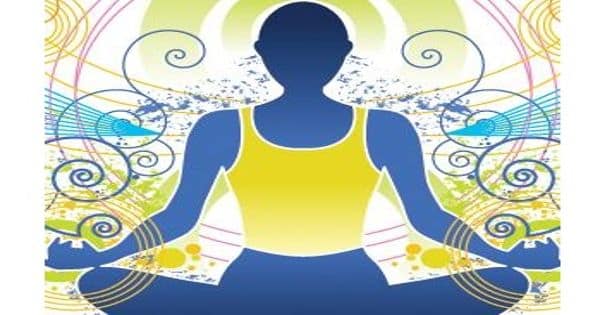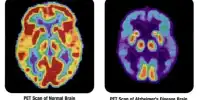According to New Study Yoga and meditation moderate chronic pain
As the number of people dealing with chronic pain steadily increases, doctors and patients are becoming more interested in non-pharmacological treatments. A mindfulness-based stress reduction (MBSR) course was shown to help patients with chronic pain and depression, leading to substantial changes in participants’ experiences of pain, mood, and functional ability, according to a report in the Journal of the American Osteopathic Association. Most of the research respondents (89 percent indicated that the software helped them find ways to better deal with their pain while 11 percent remained supportive.
Chronic pain is a widespread and severe medical condition involving an estimated 100 million people in the United States, which leads to an average expense of about $635 billion. Small-scale research was performed in the semi-rural population of Oregon, where problems of affordability, addiction, and access to treatment are widespread. During the eight-week duration, the participants received intense training in mindfulness meditation and mindfulness of hatha yoga.
Mindfulness-based meditation and yoga can help restore both a patient’s mental and physical health and can be effective alone or in combination with other treatments such as therapy and medication.
“Many people have lost hope because in most cases, chronic pain will never fully resolve,” says Cynthia Marske, DO, osteopathic surgeon and director of graduate medical education at the Benton and Linn County Community Health Clinics. “However, mindful yoga and meditation can help improve the structure and function of the body, which supports the process of healing.”
Healing and healing are inherently separate, states Dr. Marske. “Curing means eliminating disease, while healing refers to becoming more whole,” says Dr. Marske. “With chronic pain, healing involves learning to live with a level of pain this is manageable. For this, yoga and meditation can be very beneficial.”
The study showed that conscious therapy and yoga contributed to substantial changes in patients’ experiences of discomfort, stress and disability. Following the course, the Patient Wellbeing Questionnaire (PHQ-9) ratings, a common indicator of depression, declined by 3.7 points on a 27-point scale. According to Dr. Marske, some people experience a similar reduction in antidepressant usage.
“Chronic pain often goes hand-in-hand with depression,” says Dr. Marske. “Mindfulness-based meditation and yoga can help restore both a patient’s mental and physical health and can be effective alone or in combination with other treatments such as therapy and medication.”
Participants in the study obtained instruction in MBSR, a structured education curriculum focused on teaching people to become self-conscious at this time and in a non-judgmental way. The findings reinforce further evidence that MBSR may be a beneficial adjunctive to chronic pain while improving perceived depression.
“The bottom line is that patients are seeking new ways to cope with chronic pain and effective non-pharmaceutical treatments are available,” says Dr. Marske. “Our findings show meditation and yoga can be a viable option for people seeking relief from chronic pain.”















